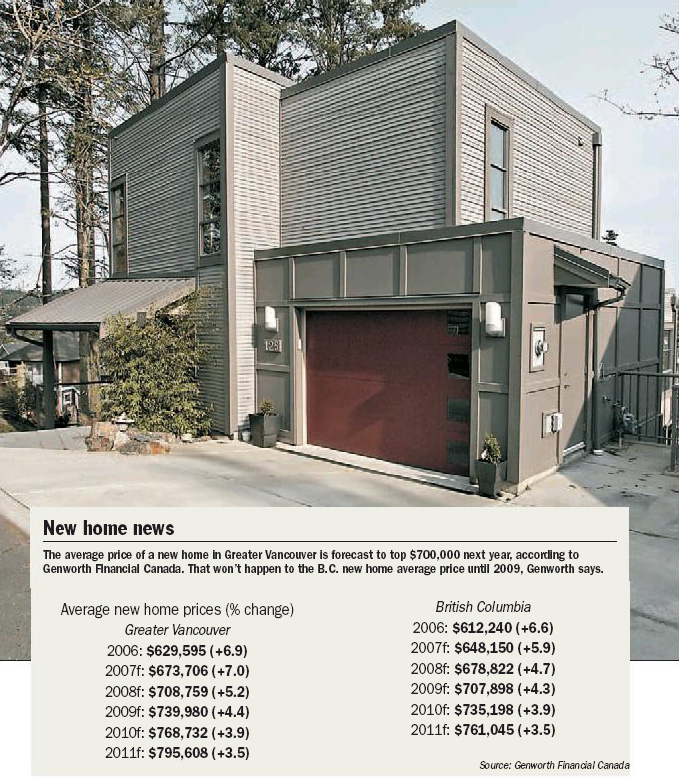Make sure all is clean, decluttered
Michele Oberoi
Province

You Must be prepaed to work to sell your home, say experts. CANWEST
Spring and early summer is the prime time for flowers, patios and moving.
“The first flower of spring is a ‘For Sale’ sign,” says Ottawa real estate broker Bill Renaud of Re/Max. One reason is cabin fever that results from several months stuck inside over the winter, Renaud says. “We become critical of our environment.”
No matter the reason for selling a home, the process can be difficult.
“It’s not easy. It’s a stressful process,” says Renaud. “I don’t think people go into it lightly.” Going in informed makes all the difference. “I’m the ‘shock absorber,'” he says, describing one of a realtor’s many roles in the house-selling adventure.
To begin, Royal LePage broker Joan Smith advises home sellers to have a good plan. Sellers should ask themselves, ‘What am I doing here? How long do I want my house on the market? What do I need to do?’
“It’s no different from anything else,” she says. A solid plan is particularly important for those who choose to sell their homes themselves, says Smith.
For the majority of sellers, however, “it’s important to have an agent that knows the neighbourhood,” says Renaud. “Listen to your gut instincts. You have to feel comfortable with that person.” Renaud also suggests checking the realtor’s references and experience.
“You must work in order to sell [your home],” adds veteran real- estate broker Neta Clarke of Royal LePage, who is celebrating her 50th year in the business. A good realtor “should go through the home and see what condition it’s in,” says Clarke. The realtor should make suggestions for repairs and changes and should obtain a list of comparable sales in the area in order to help determine a correct price for the home.
In order to prepare a home for public viewing, a realtor may call in a house stager — a person who visually prepares a home for resale by removing clutter, rearranging furniture and even repairing and redecorating in order to give the home a welcoming, clean look.
“I do my own staging,” says Smith, adding it’s important to keep in mind people still have to live in the home while it’s on the market.
“The place must be very clean and it should have curb appeal,” says Clarke, who advises sellers to get rid of extra furniture and family pictures and to make sure cupboards are clean and the basement is spic and span. “If the home is untidy, it doesn’t show as well.”
Once the price has been set and the home is in viewing condition, homeowners must make their home available for viewing.
“The first 21 days are the most important,” says Renaud. “The longer [the house] is on the market, the farther it will sell from the asking price.” If the home doesn’t sell after this time, Smith says the homeowner and realtor should sit down again and discuss the price.
There are several reasons why homes don’t sell: not enough exposure, poor condition, lack of floorplan conformity, or bad location all play a role. All three agents agree the main reason homes don’t sell is the pricetag but Renaud says simply lowering the price isn’t always the solution.
“There may be structural damage,” says Renaud.
Tips for homeowners wishing to sell their homes
People tend to buy a home based on 30-per-cent logic, and 70-per-cent emotion. If you’re thinking of selling your home, here’s helpful advice:
-Spring may not be the best time for selling all property types, or properties in all areas. Speak to a realtor for professional advice on the best time to sell.
-Little extras: Homeowners with extras, such as backyard pools or waterfront access, should make sure these areas are clean, open and operational.
-Emotion: List the top 10 things you love about your home. Chances are a buyer will love many of the same things.
-Light: If there’s a light, turn it on, even during the day, but especially at night. Seeing house lights glowing adds an extra helping of warmth.
-Remember, less is more: If you can’t decide if a room is too cluttered, then it probably is.







